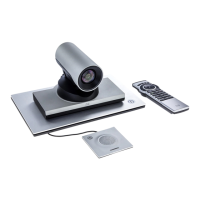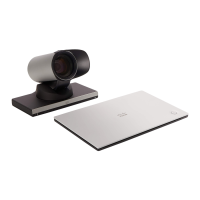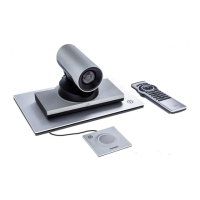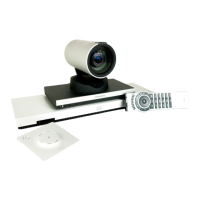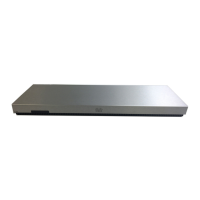D15328.04 SX80 Administrator Guide CE8.2, OCTOBER 2016. www.cisco.com — Copyright © 2016 Cisco Systems, Inc. All rights reserved.
173
Cisco TelePresence SX80 Administrator Guide
The script names and configurations shown in the illustration serve as examples. You may make your own scripts.
Manage startup scripts
About startup scripts
A startup script contains commands
(xCommand) and configurations
(xConfiguration) that will be executed as
part of the start up procedure.
A few commands and configurations
cannot be placed in a startup script,
for example
xCommand SystemUnit
Boot
. It is not possible to save a script
that contains illegal commands and
configurations.
Syntax and semantics for xCommand and
xConfiguration are explained in the API
guide for the product.
Sign in to the web interface, and navigate to Integration > Startup
Scripts.
List of startup scripts
You can create one or
more startup scripts
*
.
A green dot appears next
to an active startup script;
a red ring appears next to
an inactive startup script.
If you have more than one
startup script, they will
run in the order from top
to bottom of the list.
Creat a startup script
1. Click Create new....
2. Enter a name for the startup script in
the title input field.
3. Enter the commands (xConfiguration
or xCommand) in the command
input area. Start each command on
a new line.
4. Click Save.
5. Click On to activate the startup
script.
If you want to use an existing script as
a starting point for editing, select that
script and click Copy.
Run a startup script immediately
1. Select the startup script from the list.
2. Click Run.
Both active and inactive startup scripts
can be run immediately.
Activate or deactivate a startup script
1. Select the startup script from the list.
2. Click On to activate, or Off to deactivate a script.
Active startup scripts will run every time the
video system starts up.
Delete a startup script
1. Select the startup script from the list.
2. Click Delete.
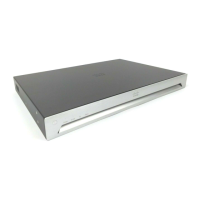
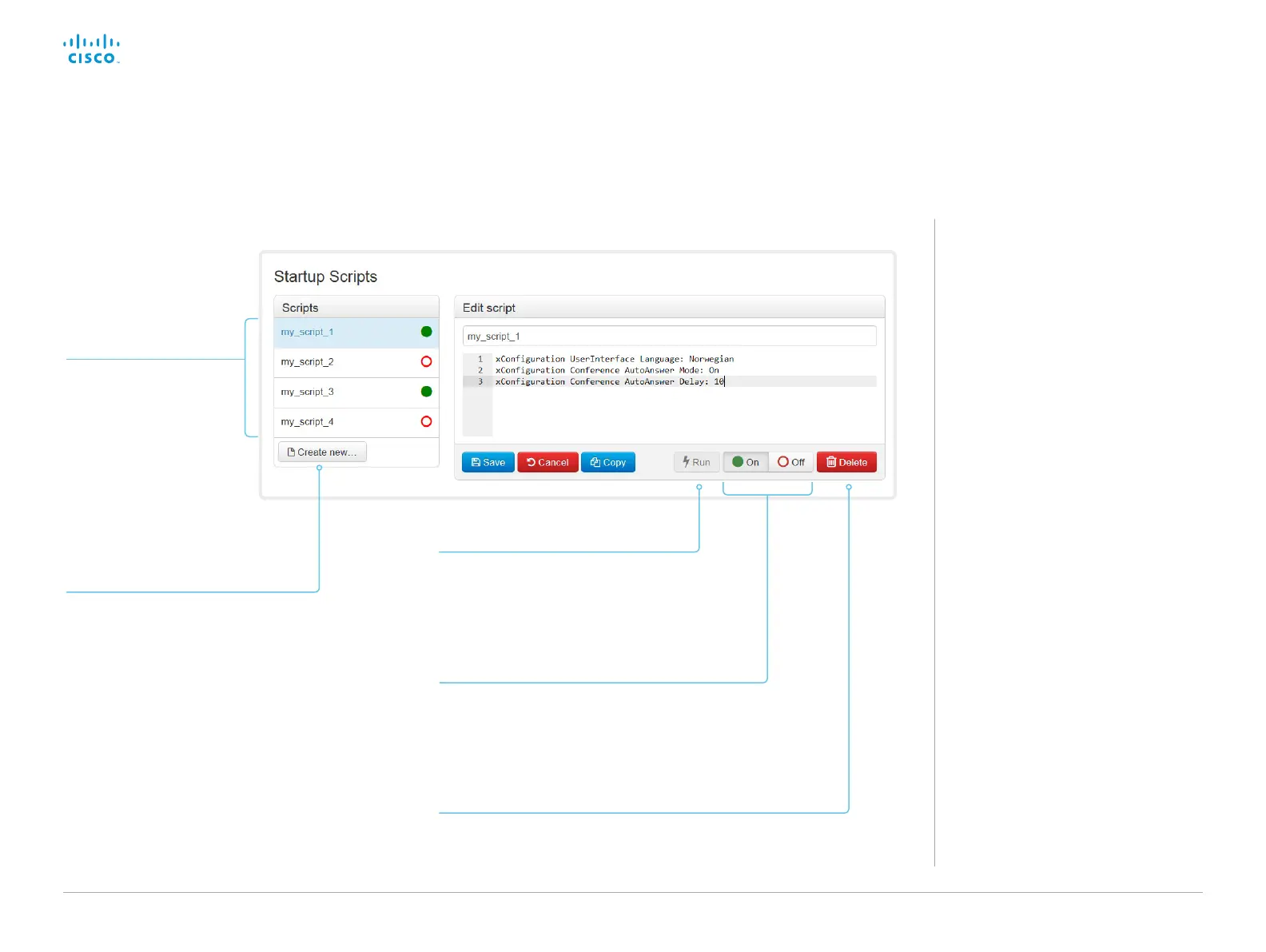